What is Chain of Command Meaning
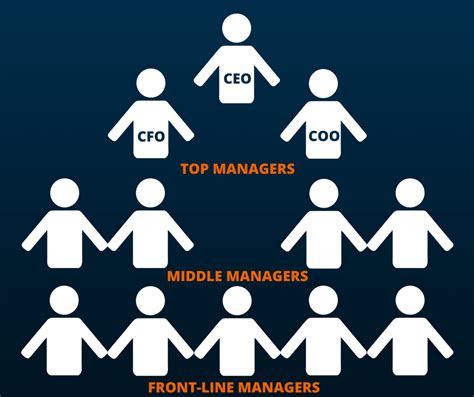
Understanding the Chain of Command: Meaning, Importance, and Application
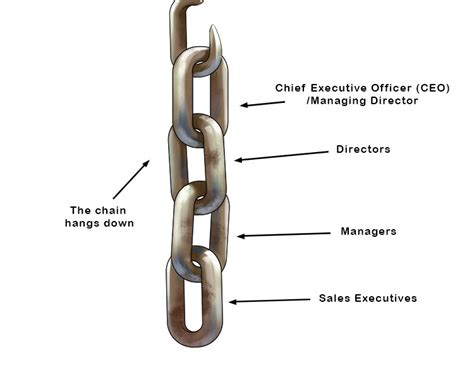
In any organization, whether it be a business, military unit, or government agency, a clear structure of authority and decision-making is essential for effective operations and success. This structure is commonly referred to as the chain of command. In this article, we will explore the meaning of the chain of command, its importance, and its application in various contexts.
What is Chain of Command?

The chain of command is a hierarchical structure that defines the line of authority and communication within an organization. It outlines the relationships between different levels of management, supervisors, and employees, clearly defining who reports to whom and who is responsible for making decisions. The chain of command typically starts from the topmost authority figure, such as the CEO or commander, and trickles down to the lowest level of employees.
Importance of Chain of Command
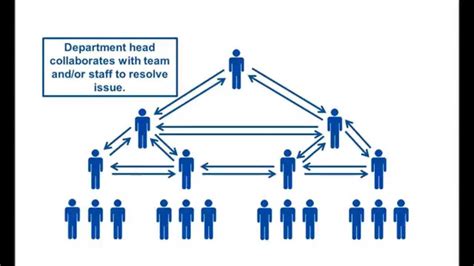
The chain of command is crucial for several reasons:
- Clear Communication: It ensures that information flows smoothly and efficiently through the organization, reducing misunderstandings and miscommunications.
- Decision-Making: It establishes clear lines of authority, enabling swift and informed decision-making.
- Accountability: It holds individuals accountable for their actions and responsibilities, promoting a sense of ownership and responsibility.
- Efficient Problem-Solving: It enables the swift escalation of issues to the relevant authorities, facilitating prompt resolution.
Application of Chain of Command

The chain of command is applied in various contexts, including:
- Military: In military organizations, the chain of command is essential for ensuring that orders are executed efficiently and effectively.
- Business: In corporate settings, the chain of command helps to streamline decision-making and communication.
- Government: In government agencies, the chain of command ensures that policies are implemented and decisions are made in a transparent and accountable manner.
Key Elements of a Chain of Command
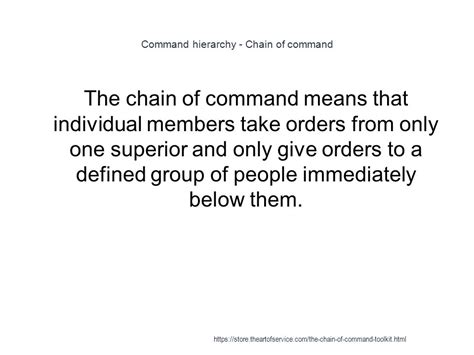
An effective chain of command should have the following key elements:
- Clear Hierarchy: A well-defined structure with clear lines of authority and communication.
- Defined Roles and Responsibilities: Each individual should have a clear understanding of their role and responsibilities within the organization.
- Effective Communication: Open and transparent communication should be encouraged throughout the organization.
- Accountability: Individuals should be held accountable for their actions and decisions.
Benefits of a Well-Defined Chain of Command

A well-defined chain of command offers numerous benefits, including:
- Improved Communication: Reduced misunderstandings and miscommunications.
- Enhanced Decision-Making: Swift and informed decision-making.
- Increased Accountability: Individuals are held accountable for their actions and decisions.
- Better Problem-Solving: Issues are escalated and resolved efficiently.
Common Challenges in Implementing a Chain of Command
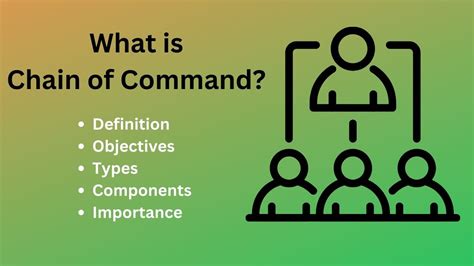
Implementing a chain of command can be challenging, and common obstacles include:
- Resistance to Change: Employees may resist changes to the organizational structure.
- Communication Breakdowns: Poor communication can lead to misunderstandings and miscommunications.
- Inadequate Training: Employees may not receive adequate training on their roles and responsibilities.
- Lack of Accountability: Individuals may not be held accountable for their actions and decisions.
Best Practices for Implementing a Chain of Command

To implement a chain of command effectively, consider the following best practices:
- Clearly Define Roles and Responsibilities: Ensure that each individual understands their role and responsibilities within the organization.
- Establish Open Communication Channels: Encourage open and transparent communication throughout the organization.
- Provide Adequate Training: Provide employees with adequate training on their roles and responsibilities.
- Hold Individuals Accountable: Hold individuals accountable for their actions and decisions.
📝 Note: A well-defined chain of command is essential for effective operations and success in any organization. By understanding the meaning, importance, and application of the chain of command, organizations can improve communication, decision-making, and accountability.
What is the purpose of a chain of command?

+
The purpose of a chain of command is to establish a clear line of authority and communication within an organization, ensuring that decisions are made efficiently and effectively.
Why is a chain of command important in a business setting?

+
A chain of command is important in a business setting because it ensures that decisions are made quickly and efficiently, and that individuals are held accountable for their actions and decisions.
How can a chain of command be implemented effectively?

+
A chain of command can be implemented effectively by clearly defining roles and responsibilities, establishing open communication channels, providing adequate training, and holding individuals accountable for their actions and decisions.
In summary, a chain of command is a hierarchical structure that defines the line of authority and communication within an organization. It is essential for effective operations and success, as it ensures clear communication, decision-making, and accountability. By understanding the meaning, importance, and application of the chain of command, organizations can improve their overall performance and achieve their goals.



